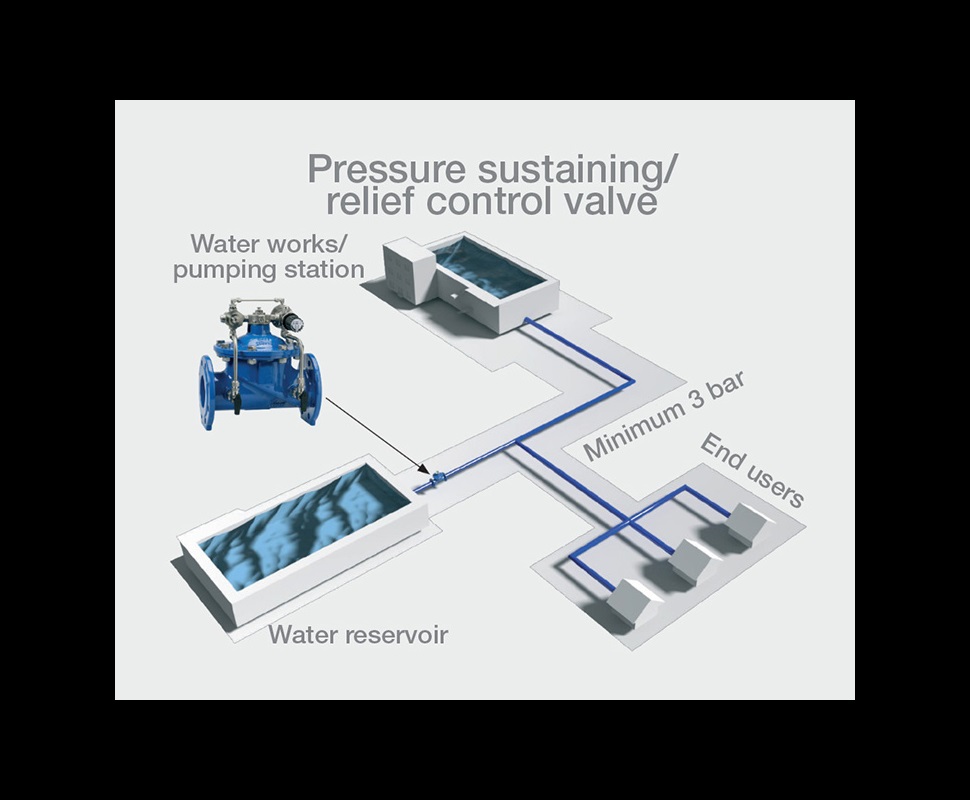
Maximize Energy Financial Savings and Comfort With Advanced Building Automation Controls
In the realm of contemporary design and facility monitoring, the integration of advanced structure automation regulates stands as a critical advancement. By utilizing the power of automation, buildings can adapt, respond, and advance in methods that were when unthinkable.
Power Performance Conveniences
Energy efficiency benefits can substantially reduce energy usage and operational expenses in buildings. Energy-efficient systems, such as innovative building automation controls, can maximize the use of sources like lighting, cooling, and heating, leading to lower power expenses over time.
In addition, improved energy efficiency can prolong the lifespan of structure tools and systems. By running more effectively, HVAC systems, lighting fixtures, and various other structure components experience much less damage, resulting in decreased maintenance and replacement costs. Additionally, energy-efficient buildings frequently command higher property values and rental rates, providing long-lasting monetary benefits to owners.
Additionally, energy performance can improve passenger comfort and performance. Effectively managed interior environments with ideal lighting and thermal problems create a more enjoyable and favorable workspace, leading to enhanced employee complete satisfaction and efficiency. On the whole, the power effectiveness advantages linked with advanced building automation controls are complex, including expense financial savings, ecological stewardship, and resident wellness.
Improved Convenience Control
Enhancing convenience control in building atmospheres calls for a sophisticated assimilation of sophisticated automation systems for optimal occupant wellness. By making use of innovative building automation controls, facilities can tailor the indoor environment to satisfy the details demands and choices of residents. These systems enable precise guideline of temperature, air flow, and lights, developing a comfy and efficient environment. Resident fulfillment and efficiency are closely linked to thermal comfort, making it essential to have systems in location that can adapt to changing problems in real-time.
Boosted comfort control goes beyond fundamental temperature adjustments. It includes functions such as tailored settings, tenancy sensing units, and all-natural light application to produce a receptive and vibrant environment. By including these innovative controls, structures can not just improve comfort yet also enhance energy efficiency by enhancing system operations based upon real occupancy and usage patterns. Eventually, focusing on resident comfort through advanced automation systems brings about a much more pleasurable and healthier indoor setting.
Operational Performance Improvements

Additionally, the execution of real-time tracking and analytics devices enables building drivers to identify power inefficiencies and functional anomalies immediately. By continuously monitoring power use patterns and system performance metrics, modifications can you could look here be made in real-time to enhance power intake and make sure peak operational performance. control valves. Additionally, including need action techniques right into building automation controls can additionally improve functional effectiveness by dynamically changing power use based upon grid conditions and prices signals
Indoor Climate Optimization
Effective indoor environment optimization is a fundamental aspect of building automation controls, making certain occupants' comfort and health while optimizing power cost savings. By using advanced sensing units and controls, building automation systems can continually check and adjust temperature level, moisture degrees, air top quality, and ventilation to create an optimal indoor environment. Maintaining constant and comfy problems not only boosts owner complete satisfaction yet also boosts productivity and total well-being.
Interior climate optimization additionally plays an essential role in power efficiency. By fine-tuning cooling, home heating, and ventilation systems based on real-time information and tenancy patterns, developing automation controls can considerably lower power consumption - control valves. Carrying out methods such as demand-controlled air flow and thermal zoning can assist lessen energy waste while ensuring that each location of the building receives the required conditioning.

Lasting Setting Production
Structure automation controls not just optimize interior climate conditions for power effectiveness and owner convenience but also lay the foundation for developing a sustainable atmosphere through calculated management of sources and systems. By incorporating advanced structure automation modern technologies, such as sensors, actuators, and smart software, centers can keep an eye on and change energy usage in real-time to decrease waste and minimize their carbon impact. These systems enable predictive upkeep, determining prospective problems prior to they rise and i was reading this maximizing equipment efficiency to enhance longevity and efficiency.
Additionally, lasting environment creation expands beyond energy management to encompass water preservation, waste decrease, and indoor air high quality enhancement. Structure automation controls can manage water usage, find leaks, and guarantee proper garbage disposal practices, adding to overall sustainability initiatives. Additionally, by controlling and keeping an eye on air flow and filtration systems, these innovations enhance passenger health and wellness and efficiency while decreasing energy intake related to HVAC operations.
Conclusion
In verdict, advanced structure automation regulates offer considerable advantages in terms of energy cost savings, convenience control, functional effectiveness, indoor climate optimization, and developing a lasting environment. By implementing these controls, buildings can accomplish optimum efficiency while minimizing power intake and boosting occupant comfort. It is evident that making use of sophisticated automation modern technology is critical in enhancing structure performance and creating an extra sustainable future.
Energy effectiveness benefits can considerably minimize energy consumption and operational costs in structures. In general, the energy efficiency advantages connected with advanced structure automation controls are diverse, encompassing expense savings, ecological stewardship, and passenger well-being.
Additionally, incorporating demand action techniques right into building automation controls can even more improve operational performance by dynamically changing power use based on grid problems and prices signals.
Structure automation regulates not only maximize indoor climate problems for power effectiveness and owner comfort however likewise lay the foundation for creating a sustainable environment via strategic administration of systems and resources.In final thought, advanced building automation manages deal significant advantages in terms of power savings, convenience control, operational effectiveness, interior environment optimization, and producing a sustainable setting.